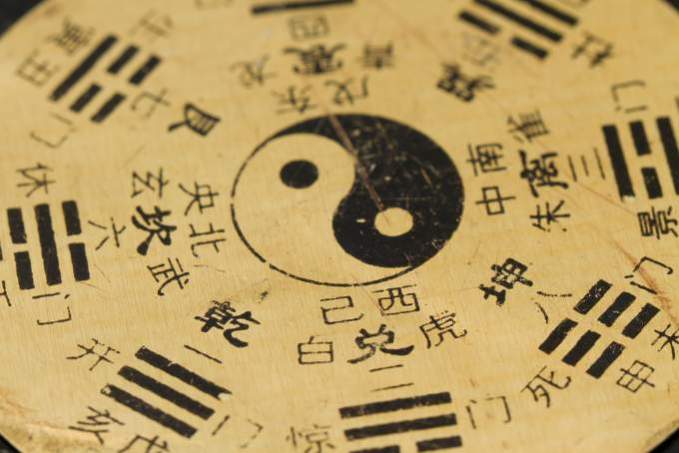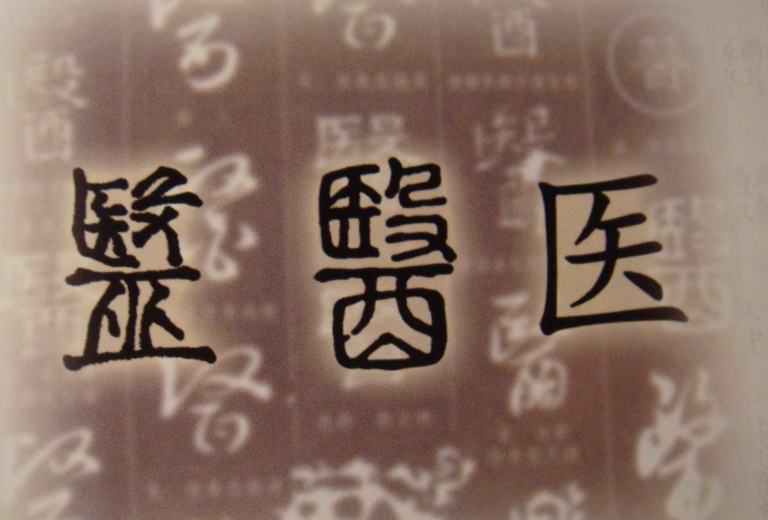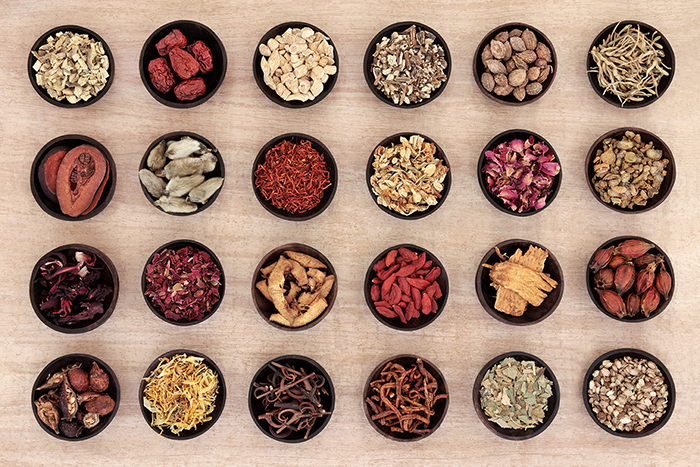The combination of yin and yang theory and traditional Chinese medicine
4 min readThe concept of Yin and Yang underlies both traditional Chinese philosophy and traditional Chinese medicine. Observing that all natural phenomena consist of opposing yet complementary aspects that exist in a constantly changing state of dynamic balance, the ancient Chinese philosophers developed the concept of Yin and Yang to explain these two primal forces of the universe. They believed that the mutually transformative relationship between Yin and Yang is innate in all things, and that it represents the fundamental law of Nature. The concept of Yin and Yang put forth by the philosophical schools of the pre-Qin period(prior to 207 BC) served as the basis for the development of TCM’s YinYang theory.

Yin-Yang theory holds that Qiis the source of all things, present before Creation in the form of Chaos.
Through a process of movement and transformation, Chaos differentiated into Yin and Yang. The opposing yet complementary relationship between Yin and Yang is present in all things, and the natural world is the manifestation of their ever-changing relationship.
Yin and Yang are used to describe complementary things or attributes, such as active and receptive, day and night, hot and cold, sun and moon. Generally speaking, vigorous or ascending movement, dispersion, heat, and light are Yang; relative stillness, descending movement, concentration, cold, and dark are Yin. For example, water is cold, wet, and concentrated, and therefore Yin; fire is hot, dry, and diffuse, and therefore Yang. Yin and Yang also can describe two aspects of a single thing. For example, ice and steam are both aspects of water. Ice is cold and concentrated and therefore Yin; steam is hot and diffuse and therefore Yang.
The proportion of Yin and Yang in all things is relative rather than absolute. Under certain conditions, Yin can transform into Yang and vice versa. This mutability is also reflected in the infinite divisibility of the material world,i.e. any Yin or Yang aspect can be further subdivided into Yin and Yang. The relative proportion of Yin and Yang changes constantly in accordance with natural laws of transformation, including mutual interaction, mutual governance, interdependence, dynamic balance, and mutual transformation.
The mutual interaction of Yin and Yang reflects the constant give and take between these two prima forces. It was the mutual interaction of Heavenly Yang and Earthly Yin that originally gave rise to the universe of”ten thousand things,”and that allows new things to be constantly created.
Mutual governance refers to the process by which Yin and Yang control each other. For instance, wateris Yin and fire is Yang; water quenches fire while fire vaporizes water. The mutual governance of Yin and Yang gives rise to a state of dynamic balance between two extremes. In terms of the human body, the extremes of Yang hyperactivity and Yin hypoactivity balance out to maintain normal physiological functioning. TCM utilizes the law of mutual governance in treatment principles such as moderating excessive heat by cooling and excessive cold by warming, and treating hyperactivity by calming and hypoactivity with stimulation.

Interdependence means that Yin and Yang rely on each other for existence. Each of the two aspects is the condition for the other’s existence and neither can exist in isolation.For instance,up is Yang and down is Yin;there can be no up without down and no down without up.Heat is Yang and cold is Yin;there can be no heat without cold and no cold without heat.
The relative proportion of Yin and Yang in an object or phenomenon is not fixed,but rather fluctuates within a certain range in a state of dynamic balance.An example is the progression of the seasons.
During the winter,Yin dominates Yang.As spring comes,Yin gradually wanes and Yang waxes,until summer when Yang is dominant.In the fall Yang wanes and Yin waxes as the cycle continues.Another example is the cycle of day and night.During the day Yang waxes and Yin wanes,and during the night Yin waxes and Yang wanes.The functions of the human body correspond to those of Nature.During the day,Yang is dominant,causing the body’s physiological functions to speed up and body temperature to rise.During the night,when Yin becomes dominant,physiological functions slow down and body temperature falls.In both the natural world and the human body,if the fluctuations of Yin and Yang become excessive,the state of dynamic balance is disrupted.In Nature,loss of balance between Yin and Yang manifests as natural disasters;in the human body,it manifests as pathological changes and disease.
The mutual transformation of Yin and Yang means that under certain conditions,all things tend to transform into their opposite.Things that are Yang gradually become Yin,and things that are Yin gradually become Yang.For instance,over the course of a year,summer,which is Yang,naturally progresses into winter,which is Yin.The cycle continues as winter gradually transforms back into summer.In terms of disease,heat pattern,which manifests as fever,excessive Yang,deficient Yin,and hyperfunction,is Yang.Cold pattern,which manifests as chills,excessive Yin,deficient Yang,and hypofunction,is Yang.Under certain conditions,heat pattern can transform into cold pattern and vice versa.
Traditional Chinese medicine utilizes the philosophical concept of Yin and Yang and their laws of transformation to analyze the structure,vital functions,and pathological changes of the human body.
Yin-Yang theory offers a theoretical framework and practical methods for promoting health and for the diagnosis,treatment,and prevention of disease.









